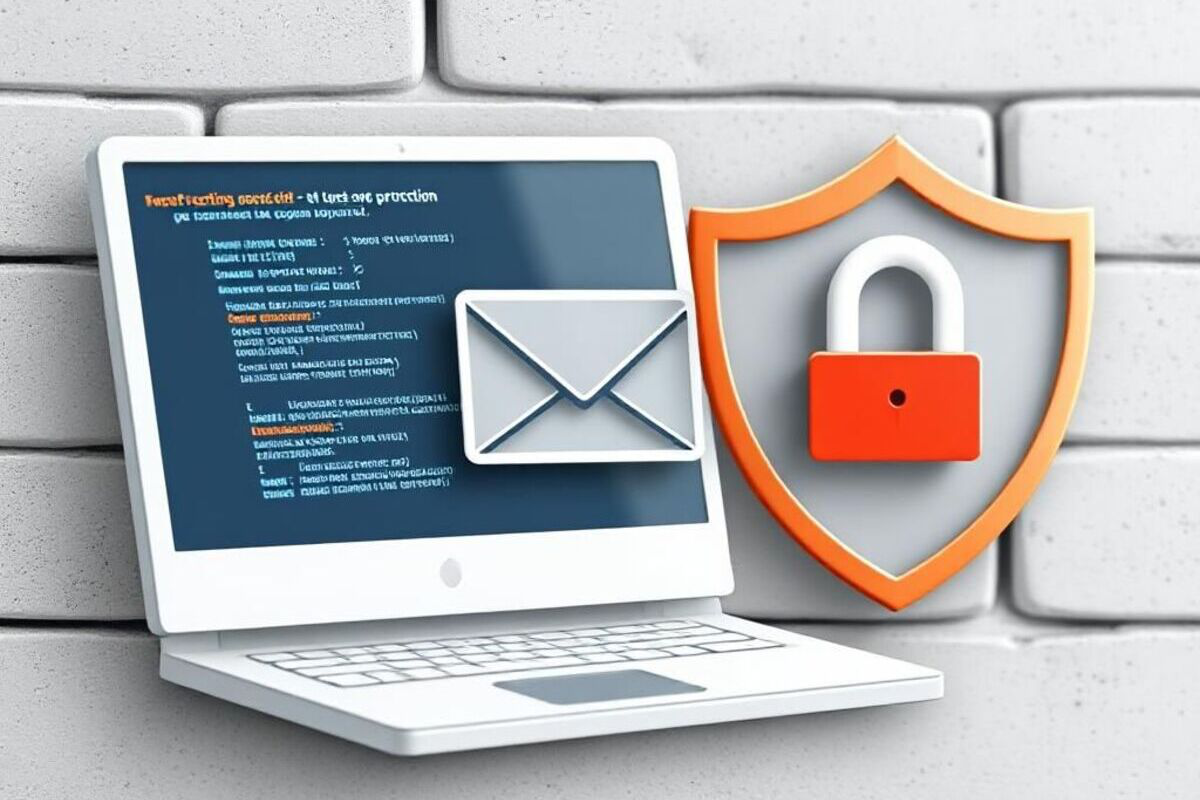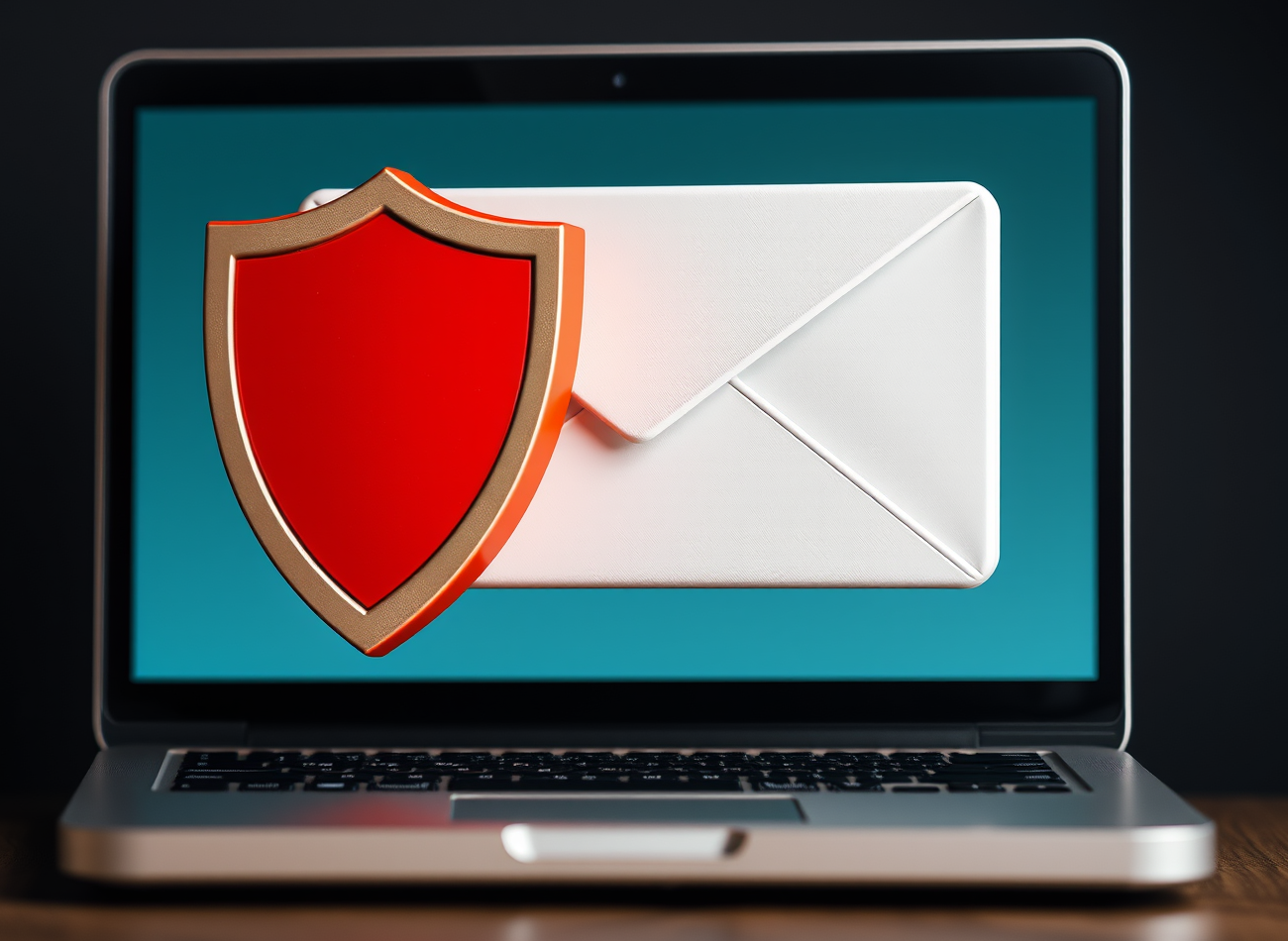
How to Protect Your Email from Spam
In our increasingly digital world, email remains a primary means of communication for both personal and professional purposes. However, with the convenience of email comes the incessant nuisance of spam. Spam not only clutters your inbox but can also pose security risks, including phishing attacks and malware distribution. Protecting your email from spam is essential for maintaining productivity and safeguarding personal information. Here are several effective strategies to reduce spam and enhance your email security.
- Use a Spam Filter: Most email providers come equipped with built-in spam filters designed to automatically detect and filter out unwanted emails. Ensure that your spam filter is activated and properly configured. Regularly check your spam or junk folder to make sure that legitimate emails haven’t been incorrectly marked as spam. If you find such emails, mark them as “not spam” to help improve the filter’s accuracy.
- Be Cautious When Sharing Your Email Address: One of the simplest ways to reduce spam is to be selective about where and with whom you share your email address. Avoid posting your email address publicly on social media profiles, forums, or websites, as these can be harvested by spammers. Instead, consider using a contact form on your website to limit exposure. Additionally, create different email addresses for different purposes, such as one for personal communication and another for online shopping or subscriptions.
- Unsubscribe from Unwanted Newsletters: Many spam emails come in the form of newsletters or promotional content that you may have signed up for at some point. If you no longer wish to receive these emails, take the time to unsubscribe. Most legitimate businesses will provide an easy way to unsubscribe at the bottom of their emails. Be cautious, however, as clicking on unsubscribe links in suspicious emails can sometimes confirm your email address to spammers, leading to more spam.
- Use Email Aliases: Many email services allow you to create aliases or variations of your email address. For instance, if your email is "example@gmail.com," you can use "example+shopping@gmail.com" when signing up for online stores. Emails sent to this alias will still arrive in your main inbox, but it allows you to easily identify where spam is coming from. If one of your aliases starts receiving excessive junk mail, you can simply delete it without affecting your primary email.
- Avoid Clicking on Suspicious Links: Spam emails often contain links that lead to malicious websites or phishing attempts. Be cautious when opening emails from unknown senders or when the subject line seems too good to be true. If you receive an email that appears to be from a trusted source but seems suspicious, it’s best to navigate to the website directly through your browser rather than clicking on the link provided in the email.
- Implement Strong Security Practices: Maintain strong security practices to protect your email account from being compromised. Use complex passwords and change them regularly. Enabling two-factor authentication (2FA) adds an extra layer of security, making it more difficult for unauthorized users to access your account. Additionally, keep your devices and email applications updated to protect against vulnerabilities that could be exploited by spammers or hackers.
- Report Spam: Most email providers allow users to report spam. When you identify spam in your inbox, report it to your email service provider. This helps improve their spam detection algorithms and can prevent similar emails from reaching your inbox in the future.
Conclusion

While spam is an unavoidable part of using email, implementing these strategies can significantly reduce its impact on your inbox. By using built-in spam filters, being cautious with your email address, unsubscribing from unwanted newsletters, and practicing strong security measures, you can protect your email from spam and maintain a more organized and secure online communication environment. Taking proactive steps will not only enhance your email experience but also safeguard your personal information from potential threats.